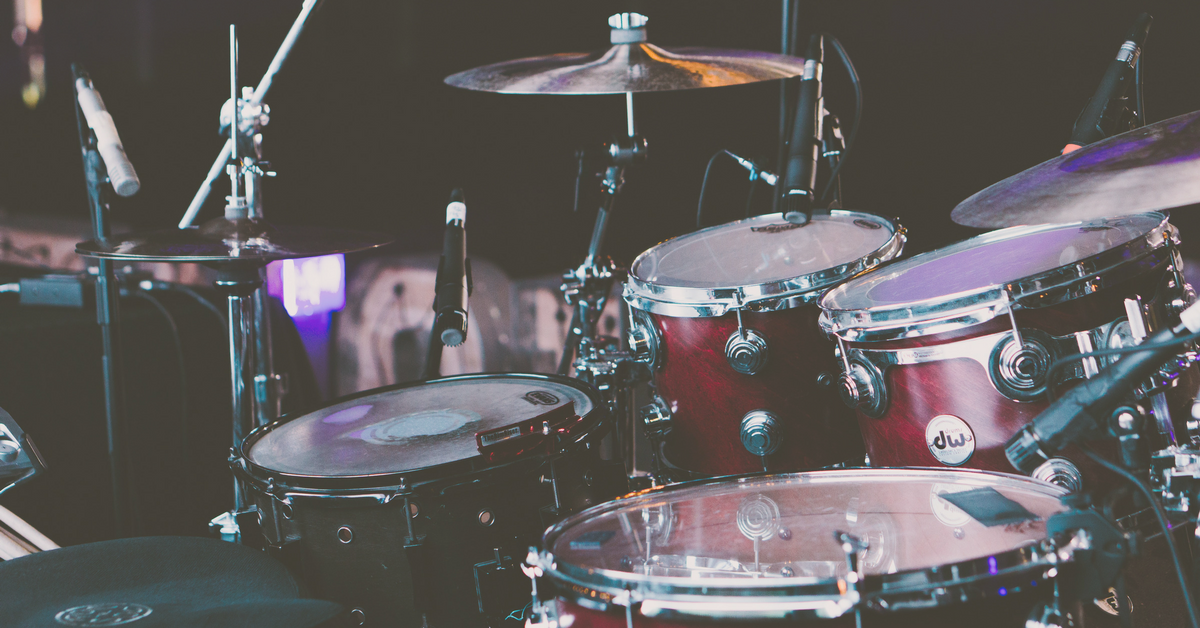The world of percussion is vast and varied: any sound-producing object, hit with any other object, can be called percussion. Percussion lends itself to alternate playing techniques: there are usually several ways to hit a percussion instrument to make it sound good in different ways. We provide some of the most common instruments and their playing techniques.
The best way to learn all the various option is to go through the following score examples in detail (scroll down). Listen carefully as you look, noticing how each notation feature creates each sound; listen many times and click on each note to hear just that sound several times, to memorize and internalize it. When you notate it in your own scores, make sure to imitate these examples. You will only get the desired sounds if they are written the same, according to the following factors:
There are four types of notational change that affect playback in Noteflight:
– location of the pitch on the staff (applies to some percussion instruments)
– added text above the staff (for example pizz. and palm mute, mentioned earlier)
– changed note head shape (in the Note Styles tab of the toolbar)
– added symbols (in the Symbols tab of the toolbar; applies only in one case for now)
IMPORTANT: these effects work only in limited, pre-determined cases! Like real instruments, certain notes and ways of playing them are possible, and others are not. Our notation and playback matches the real playing techniques of these instruments.
Basic Drum Sets:
Marching Band:
Latin Percussion Instruments:
Orchestral Percussion Instruments:
(Examples created by Jordi Bartolomé)
There you have it. Now, go forth and add some of these fun and great-sounding effects to your scores!
Learn more about playing techniques, playback sounds, and tunings for Stringed Instruments!

